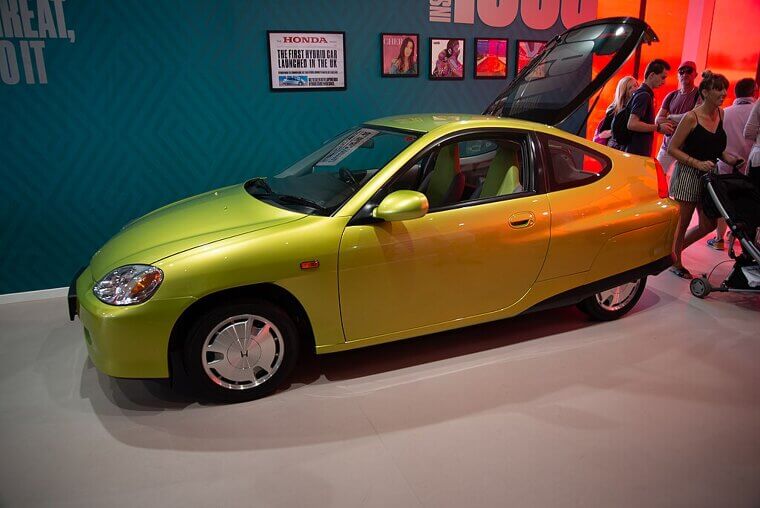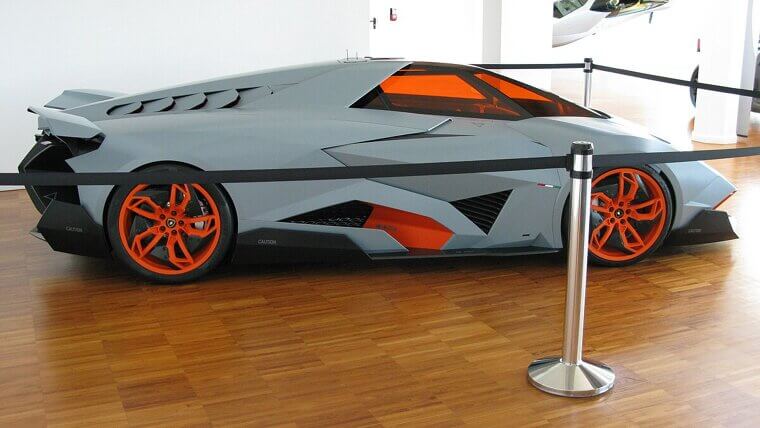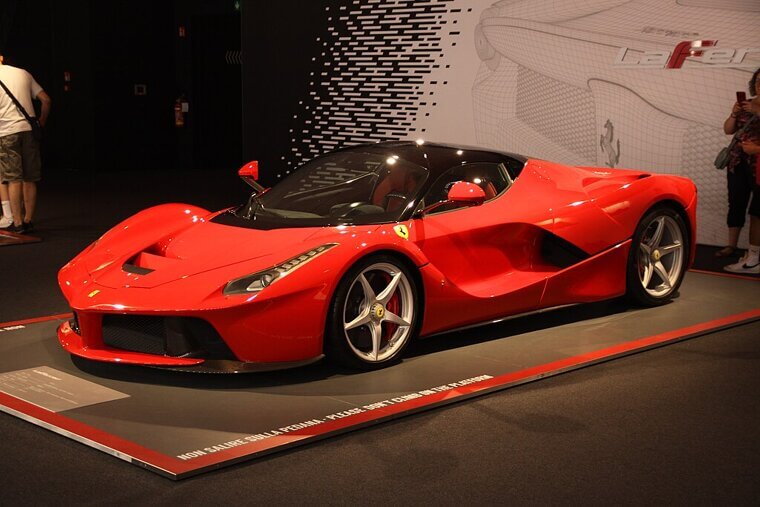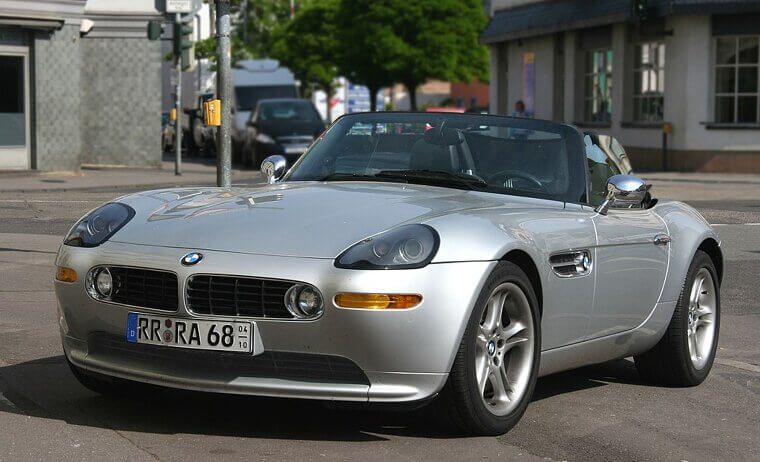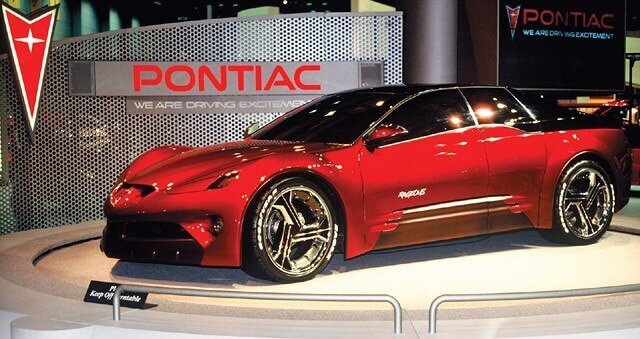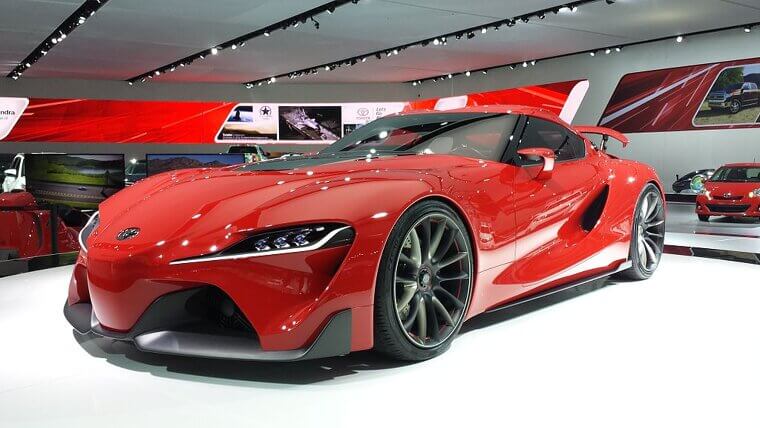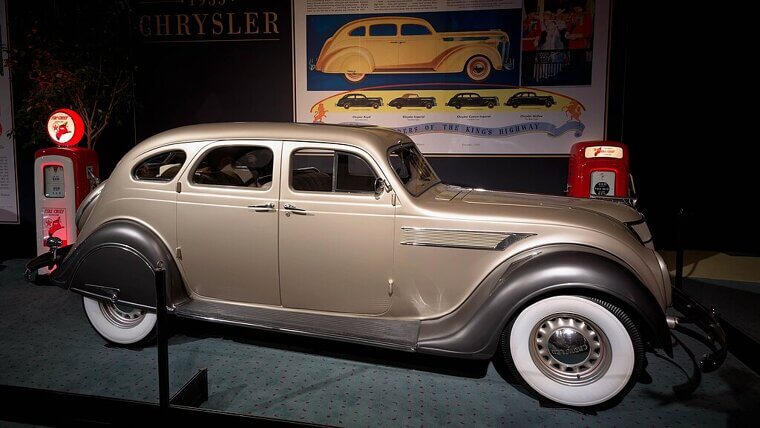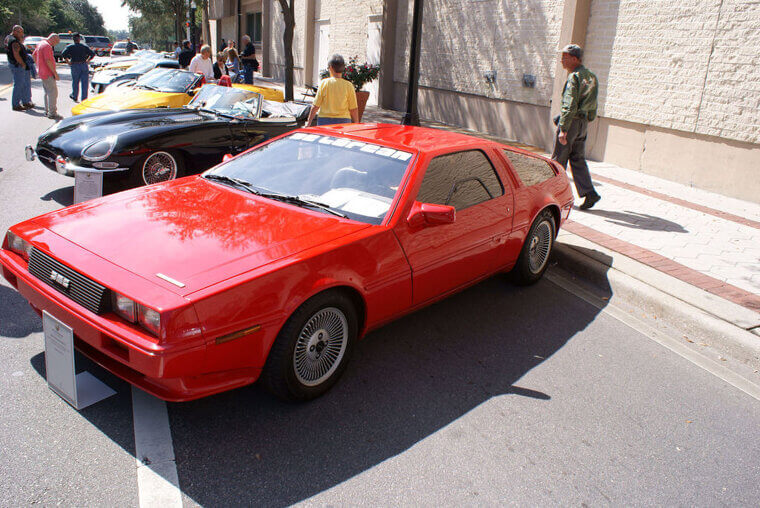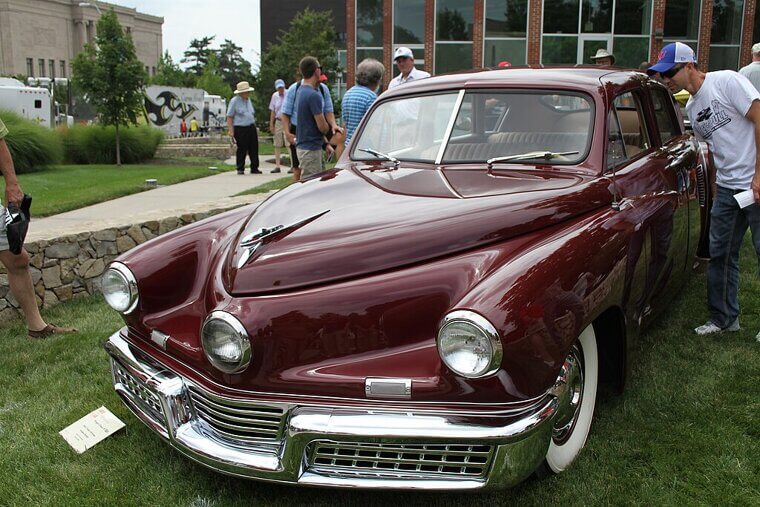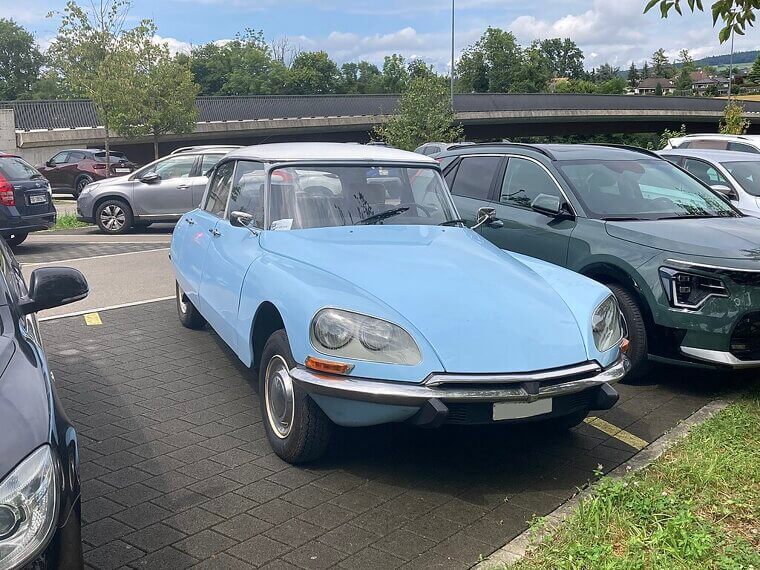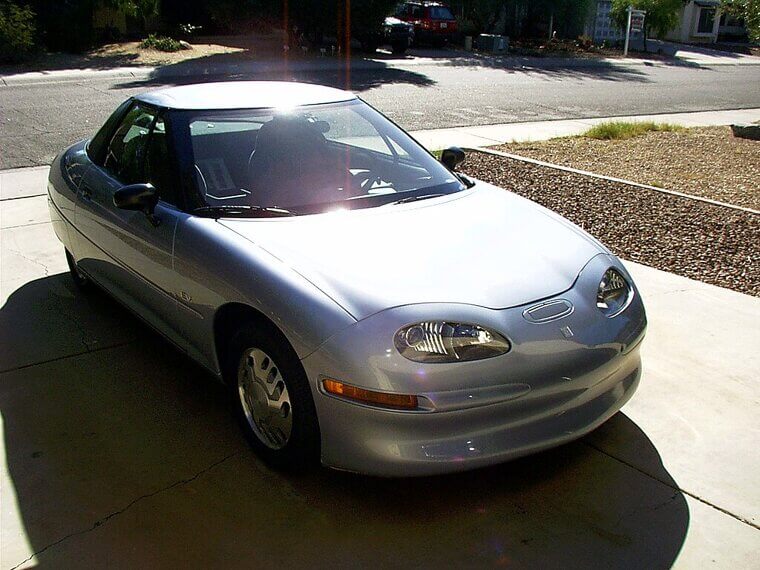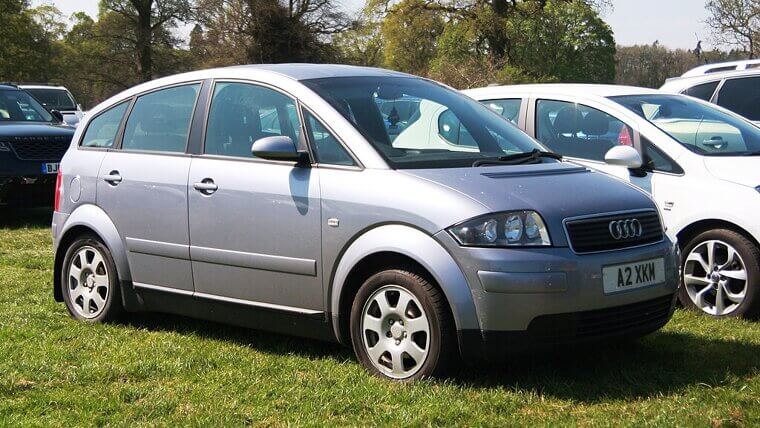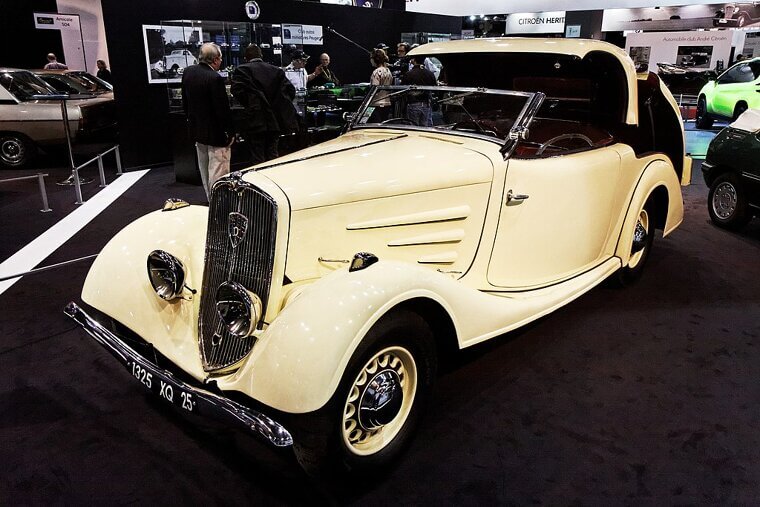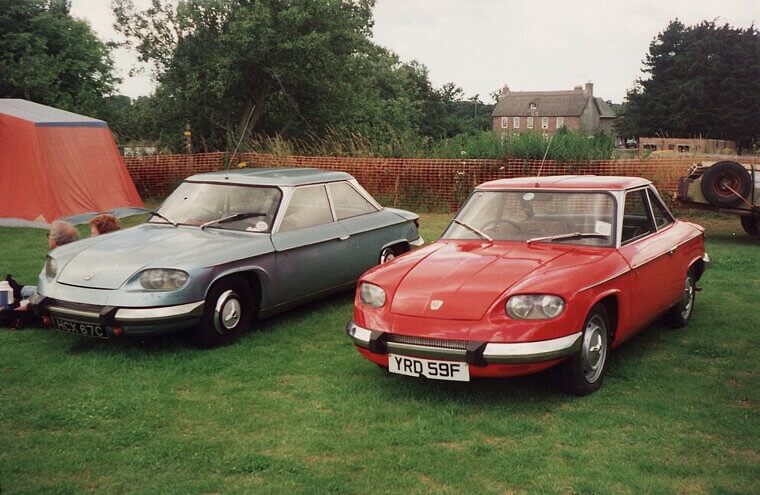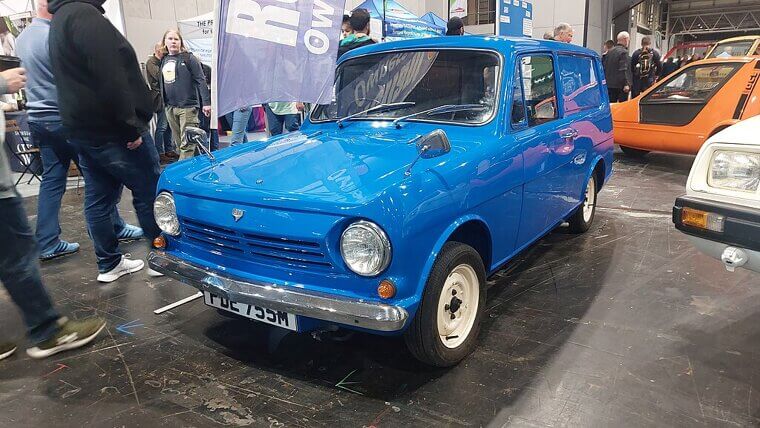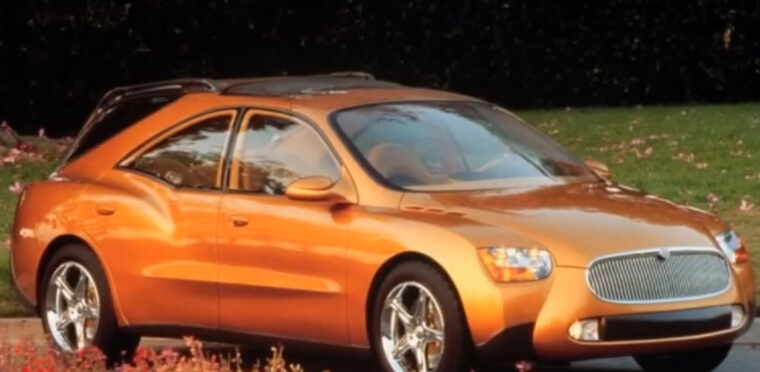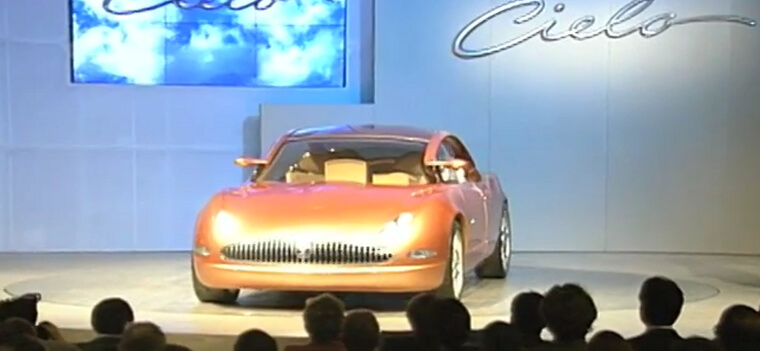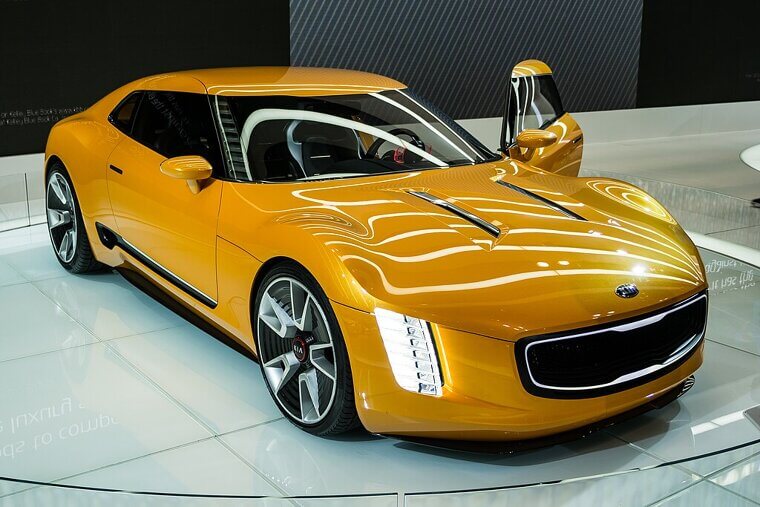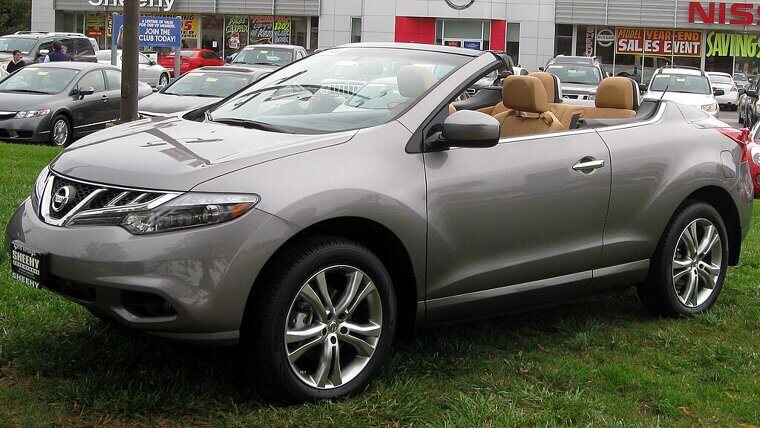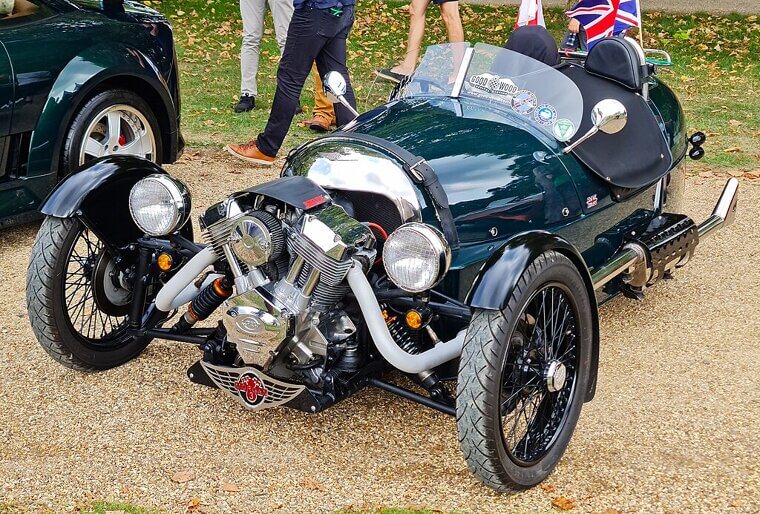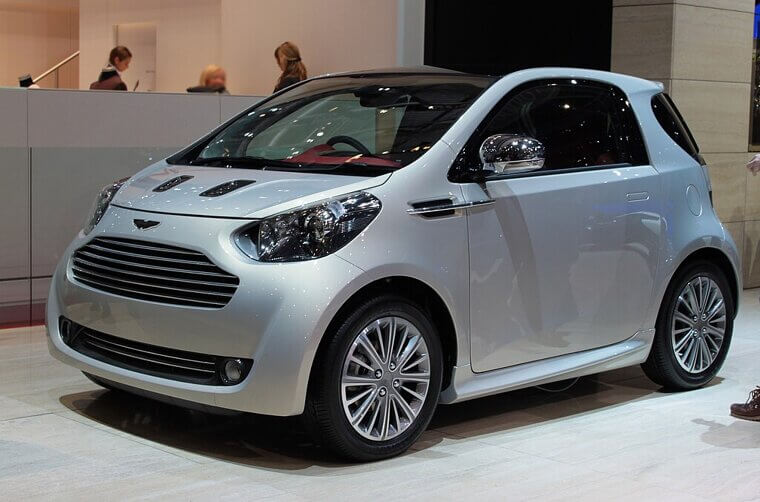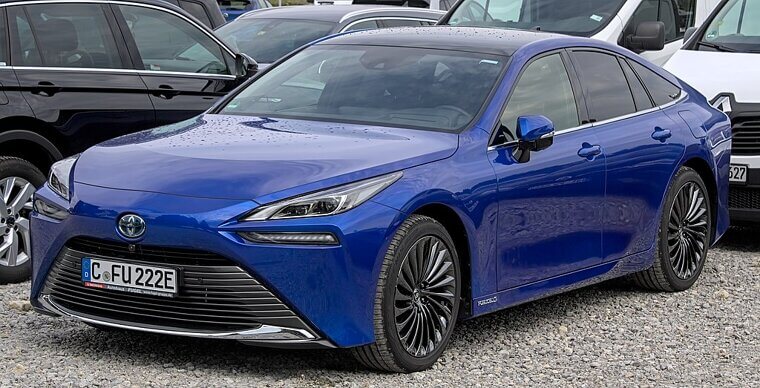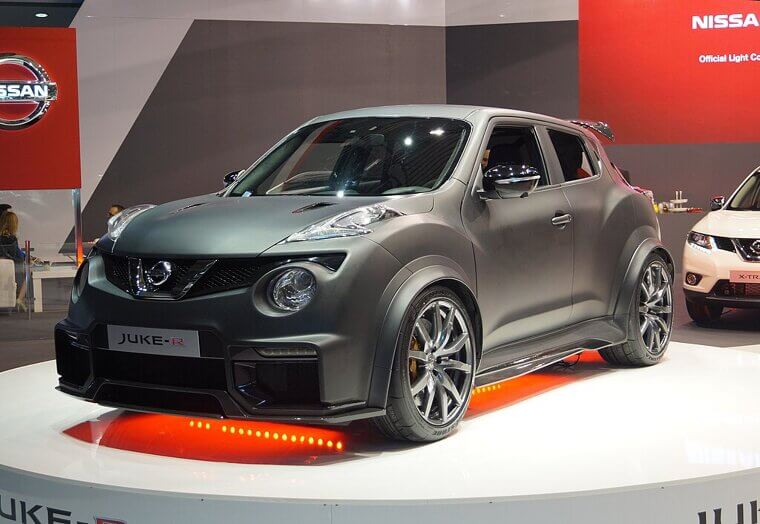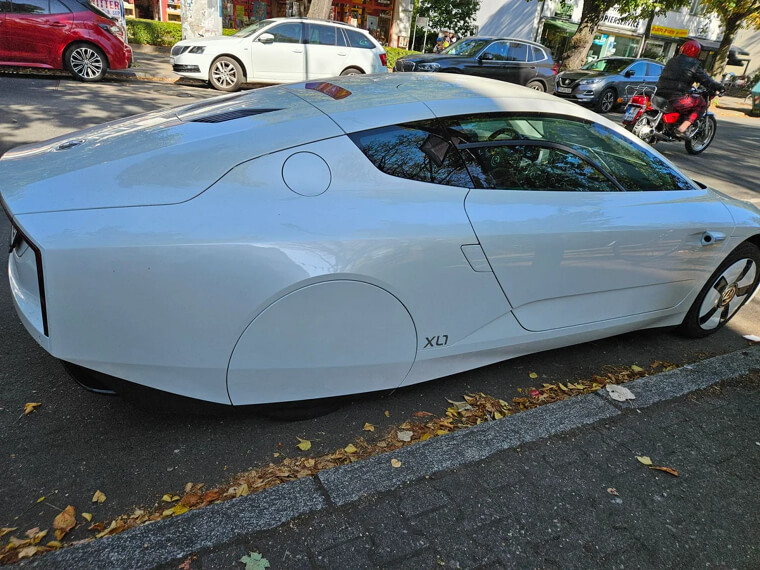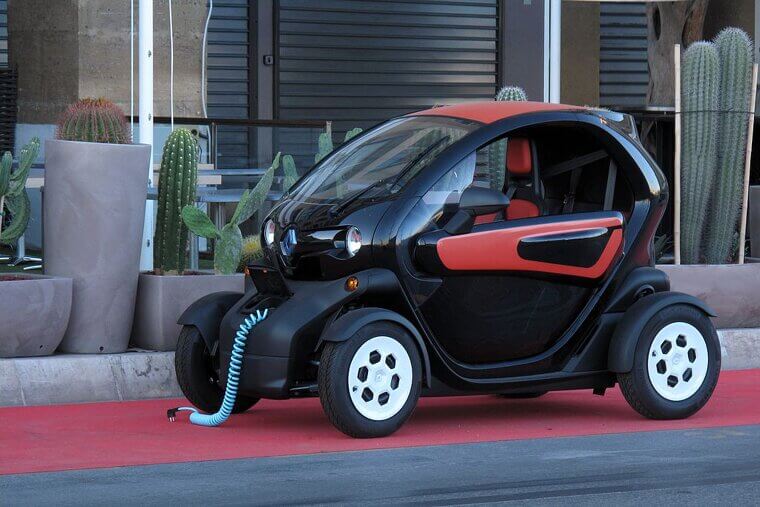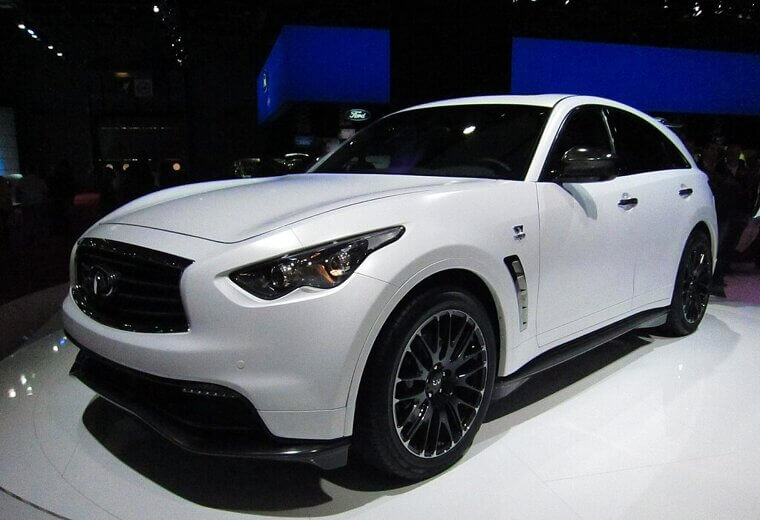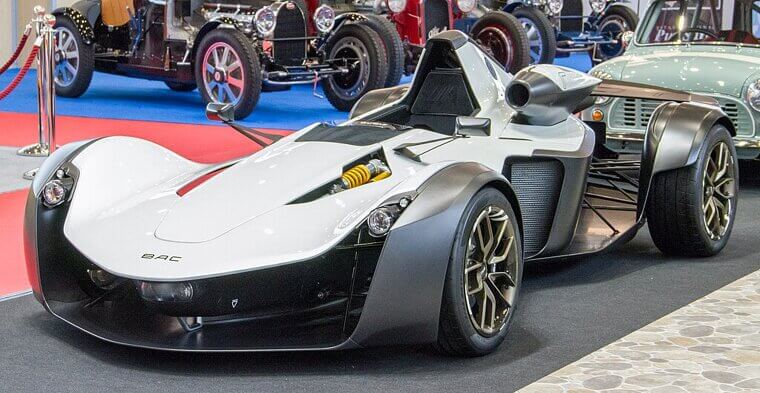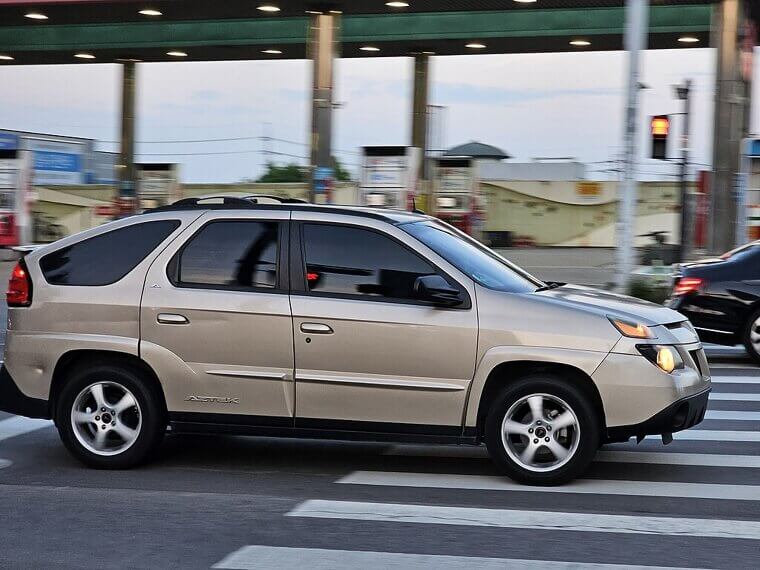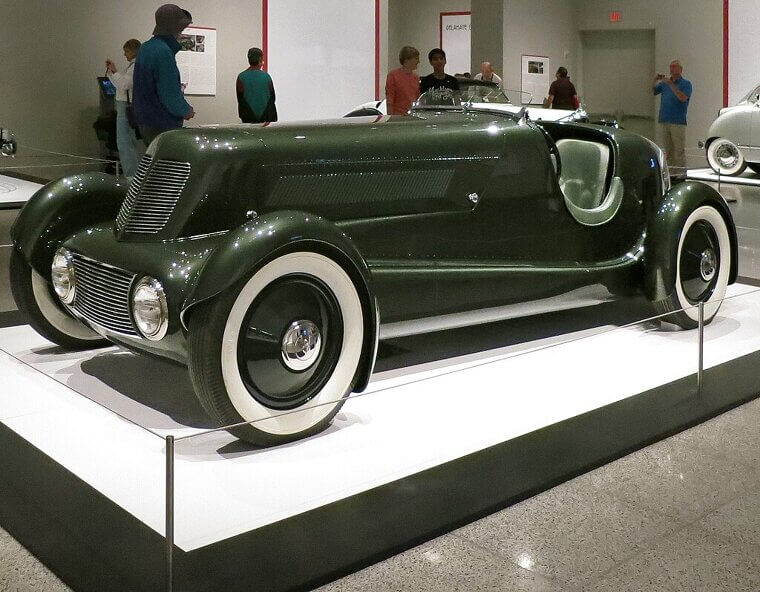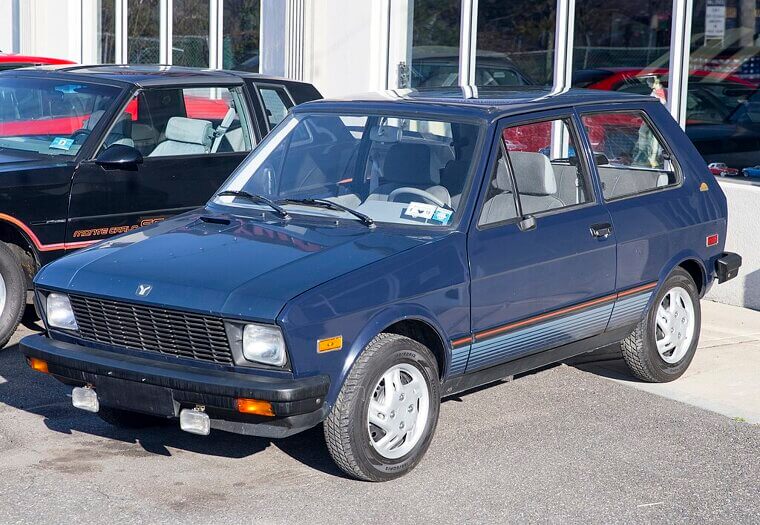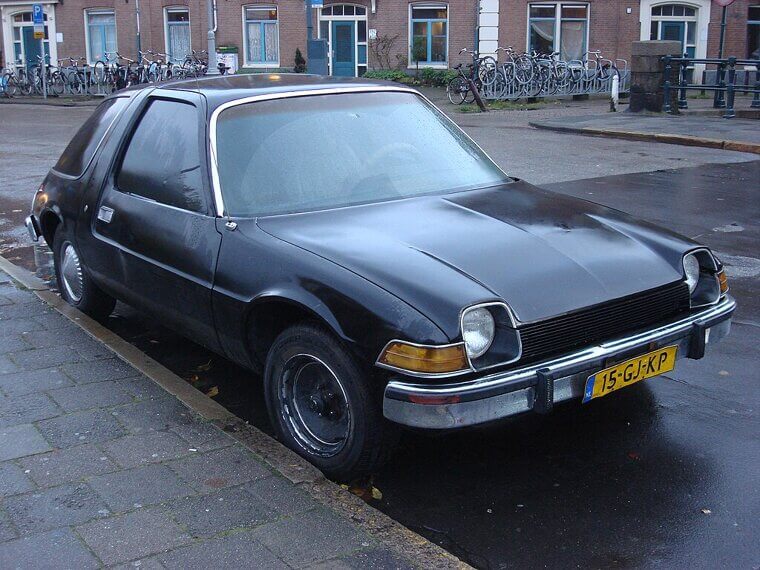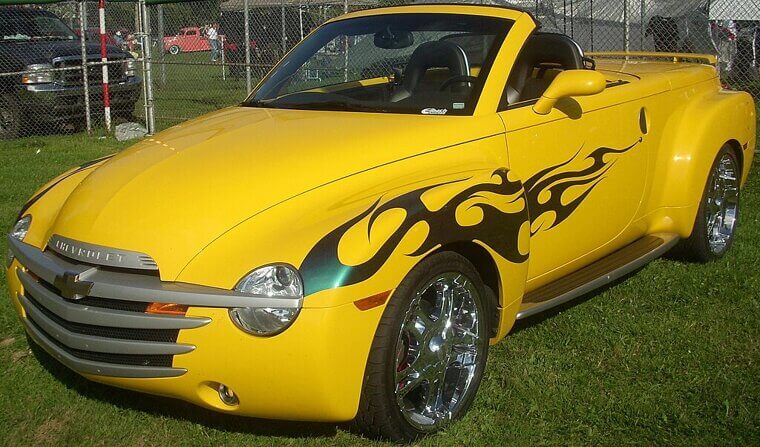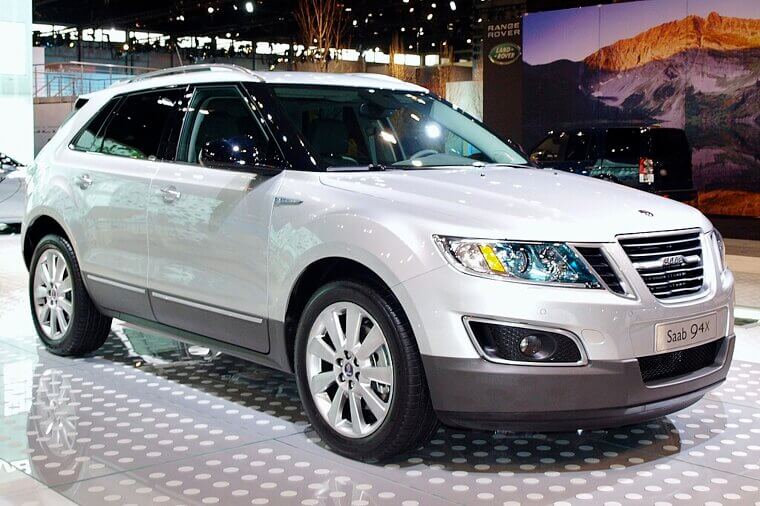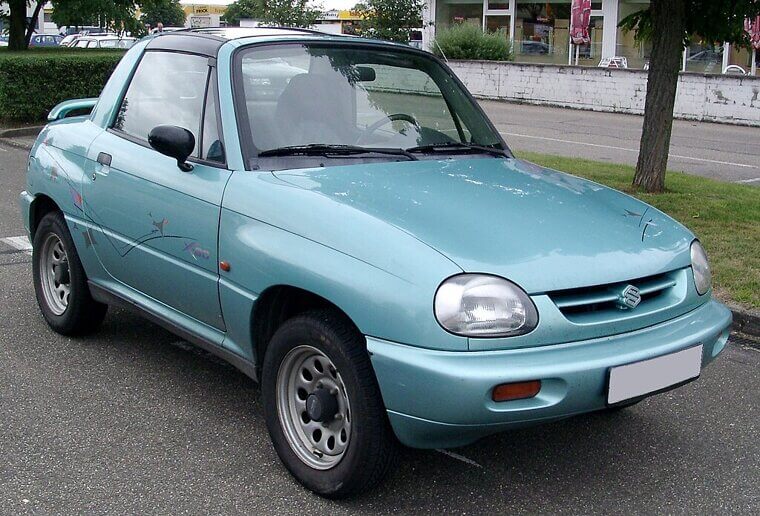Honda Insight (1999)
One of the first hybrids, the Insight was eco-friendly before it was cool. Tiny, efficient, and futuristic, it looked like it might float away on a breeze, buyers mostly wanted something that looked like a car they’d actually want to drive to the mall - and that left the Insight bobbing along quietly.
Lamborghini Egoista (2013)
A one-off extreme exercise in automotive ego, the Egoista exists purely to impress… and intimidate. Its single-person cockpit, stealth fighter-shaped body and a price tag that makes wallets weep, this Lamborghini proved that futurism without practicality is a thrilling spectacle, if not a daily driver.
Ferrari LaFerrari (2013-2018)
Blisteringly fast, technologically extreme, and almost impossibly exclusive, the LaFerrari was like a spaceship masquerading as a car. Its futuristic styling wowed onlookers, while its rarity meant only a lucky handful ever experienced it in the metal. The result: admiration from afar and bewilderment in the showroom.
BMW Z8 (2000-2003)
A retro-styled roadster that looked like it came from a spy movie set in the 1960s, the Z8 was about 10 years too early for the retro craze. Its lines were gorgeous, its presence undeniable, but sometimes being too clever is the same as being invisible at the wrong party.
Pontiac Rageous (1997)
With its glass upper hatchback, drop-down tailgate, and a design that screamed “look at me,” it’s too bad the market responded with a polite nod and moved on. The Rageous was bold, brash, and memorable - mostly for reasons the designers probably didn’t intend, but still, it tried.
Toyota FT-1 (2014)
The FT-1 looks like it drove straight out of a video game, all aggressive angles and impossibly low stance. Fans drooled, journalists swooned, but it didn’t reach production and left the world with speculation and the bittersweet knowledge that sometimes the best car is one you can’t actually buy.
Chrysler Airflow (1934)
The Airflow was supposed to glide like a dream across the asphalt, but the public wasn’t ready for a car that looked like it was at the wind’s mercy. Sleek, aerodynamic, and utterly misunderstood, it’s now a classic example of innovation running headfirst into marketing reality (and losing spectacularly).
DeLorean DMC-12 (1981)
The DeLorean - stainless steel, gull-wing doors, and a reputation bigger than its engine. It looked like the future had arrived but forgot to bring performance, reliability, or a functional financial plan. Still, there’s something magical about a car that could have been a blockbuster even without Marty McFly.
Tucker 48 (1948)
The Tucker 48 tried to do everything at once: swiveling headlights, safety features, and a futuristic look. Sadly, ambition collided with reality, leaving just 51 production cars and a story full of “what could have been.” It’s a cautionary tale wrapped in charm, and a reminder that genius isn’t always enough.
Citroën DS (1955)
The DS was a car from another planet, floating on hydropneumatic suspension and smooth lines that made neighbors gasp. The problem? Not everyone was ready for a car that hugged the road like a cloud. Revolutionary? Absolutely. Practical? Well… sometimes being a visionary is lonely.
General Motors EV1 (1996)
The EV1 was GM’s electric prodigy: futuristic, sleek, and environmentally conscious… if only anyone outside California could drive one! Despite loyal fans and a pioneering spirit, it vanished from roads faster than a charging cable can reach 50%. It’s the automotive equivalent of a magic trick gone slightly wrong.
Audi A2 (1999)
Aluminum body, efficient design, and a silhouette that screamed “future” - unfortunately, the market screamed back, “nope.” The A2 was clever, light, and absurdly ahead of its time; buyers just weren’t ready for a car that looked like it belonged in a science museum instead of a supermarket parking lot.
Peugeot 401 Eclipse (1935)
The world’s first retractable hardtop was futuristic, elegant, and undeniably cool, but with production numbers smaller than most garages, it quickly became a rare novelty. A car that could tuck its roof away? Revolutionary. A car the masses could own? Not so much.
Panhard 24 (1964-1967)
Front-wheel drive, unique styling, and a dash of French flair - the Panhard 24 tried hard to impress. Sadly, it was overshadowed by bigger manufacturers who could handle the “practical” part of car buying. It’s a quirky little reminder that innovation doesn’t always win hearts (or wallets).
Nissan Cube (2009-2014)
Cube-shaped, boxy, and adorable in a socially awkward way, the Cube shouted “modern” and “different,” but mostly confused people. It’s the automotive equivalent of wearing socks with sandals: technically fine, but few were ready to commit to the style. Still, its charm makes it oddly memorable.
Reliant Rebel (1964-1974)
Small, quirky, and utterly forgettable to anyone not already enamored with British microcars, the Rebel tried to offer something different, but it mostly ended up as a footnote in automotive history. Still, it’s hard not to smile at the sheer innocence of its ambition.
Buick Signia (1998)
A concept car with ideas too lofty to land safely, the Signia was slightly taller with a squared-off cargo area and all-wheel drive… Yet somehow it still failed to excite buyers. Now it’s a cautionary tale: you can be technically perfect, but if it doesn’t make hearts flutter, you’re toast.
Buick Cielo (1999)
The Cielo melted into the concept graveyard faster than anyone could blink. Its design aimed for futuristic elegance but ended up looking like a confused dream in steel. Even today, it’s a lesson in how ambition sometimes outpaces aesthetics - and patience.
Kia Stinger GT4 (2014)
The Stinger GT4 promised futuristic thrills and aggressive performance, but the market mostly yawned. Sleek, conceptually exciting, and technically capable, it never quite found its crowd.It remains a footnote in Kia history, proof that “futuristic” can sometimes translate to “almost there.”
Nissan Murano CrossCabriolet (2011-2014)
Convertible SUV: the phrase alone inspires skepticism, and the CrossCabriolet lived up to it. Tall, top-heavy, and awkward, it tried to blend practicality with open-air fun, and failed spectacularly. Critics and buyers alike were confused, while the car’s short-lived production turned it into a curious artifact.
Morgan 3-Wheeler (2011-2021)
Three wheels, an exposed engine, and retro styling that somehow whispered “futuristic cool” - The Morgan 3-Wheeler charmed enthusiasts while leaving everyone else bewildered. It was delightfully impractical, outrageously quirky, and impossible to ignore; it wore its ambition proudly even as it watched practicality disappear in its rearview mirror.
Aston Martin Cygnet (2011-2013)
Luxury microcar or automotive joke? The Cygnet was a rebadged Toyota iQ with Aston Martin flair, sold to urbanites who wanted a prestige badge for grocery runs. Clever? Sure. Necessary? Not really. Its futuristic concept collided with reality, leaving collectors shaking their heads.
Toyota Mirai (2014-Present)
Hydrogen-powered and spaceship-shaped, the Mirai is what the future looks like… if the future requires endless hydrogen stations. Sleek and environmentally ambitious, it arrived before infrastructure could catch up, leaving drivers with a bold, futuristic statement and the constant hunt for fuel.
Nissan Juke-R 2.0 (2015)
Imagine a small Juke infused with a GT-R engine: outrageous, terrifying, and improbably fast, the Juke-R 2.0 existed to astonish and confuse. Rare, impractical, and undeniably fun to look at, it proves that futuristic ambition sometimes prioritizes shock value over usability. It’s a mad experiment that somehow works (though just barely).
Volkswagen XL1 (2013-2014)
The XL1 is a car for minimalists who dream in aerodynamics. Feather-light, ultra-efficient, and spaceship-esque, it’s impressively futuristic, yet entirely impractical. With two seats, tiny luggage space, and a price that could buy a mansion, the XL1 became a poster car for engineers’ dreams.
Renault Twizy (2012-2019)
The Twizy looked like a plastic bubble on wheels, a toy escaped from a futuristic playground. Tiny, quirky, and only just street-legal, it promised a revolution in urban mobility, but in reality? It mostly inspired raised eyebrows and curious photos.
Infiniti FX Vettel Edition (2013)
Vettel’s F1 magic slapped onto an SUV, the FX was futuristic in name and intent, but niche in appeal. Loud, brash, and over-engineered, it delivered performance few could appreciate and styling even fewer could understand. Now it’s relegated to little more than a collector’s oddity.
BAC Mono (2011-Present)
Single-seating, lightweight and track-focused: the Mono is part racecar, part sculpture. Incredible in a straight line, terrifying in traffic, and completely impractical for groceries, it’s futuristic in its uncompromising ambition, the dream of an engineer who whispered, “Why not?” while the world collectively muttered, “Good luck with that.”
Pontiac Aztek (2001-2005)
Ah, the Aztek - infamously polarizing and destined for memes. It tried to be versatile and futuristic, with SUV practicality and crossover flair, but ended up a punchline. Yet there’s something lovable about its audacity: the car that dared to be different and failed spectacularly.
Ford Edsel (1958-1960)
Marketed as the “car of the future,” the Edsel flopped hard. Its styling decisions were questionable, features confusing, and timing awful. It’s a textbook example of futuristic ambition gone wrong. And yet, decades later, the Edsel remains endlessly fascinating, albeit for the wrong reasons.
Yugo GV (1985-1992)
Affordable, quirky, and mechanically simple, the Yugo GV promised the future of cheap motoring… if that included rust, unreliability, and a reputation that made buyers laugh, cry, or both. It’s a cautionary tale wrapped in Eastern European steel — futuristic in ambition, but disastrous in execution.
AMC Pacer (1975-1980)
Dubbed a “flying saucer on wheels,” the Pacer’s bubble design screamed forward-thinking - if your idea of the future included odd proportions and questionable aerodynamics. Innovative in spirit, ridiculous in execution, it’s now a cult classic for fans who love cars that dared to be weird before weird was cool.
Chevrolet SSR (2003-2006)
Retro pickup meets convertible? Why not! The SSR looked fantastic, sounded wild, and promised excitement, but buyers wanted either a truck or a sports car, not both mashed together. Its futuristic ambition collided with practicality, leaving a quirky, collectible curiosity that’s now impossible to ignore at shows.
Saab 9-4X (2011-2012)
Saab’s late attempt at a luxury crossover was futuristic in design but came too late to matter. Built with characteristic Swedish engineering charm, it offered comfort and style, but the market barely noticed. The 9-4X’s a brief, underappreciated experiment from when the future arrived while no one was listening.
Suzuki X-90 (1995-1997)
Tiny, boxy, and somehow trying to be an SUV, the X-90 is a lesson in automotive overreach. Odd proportions, limited appeal, and questionable practicality made it a punchline almost immediately. Futuristic in audacity, failed in execution, and now a hilarious collectible, it’s a car that refuses to be forgotten.

